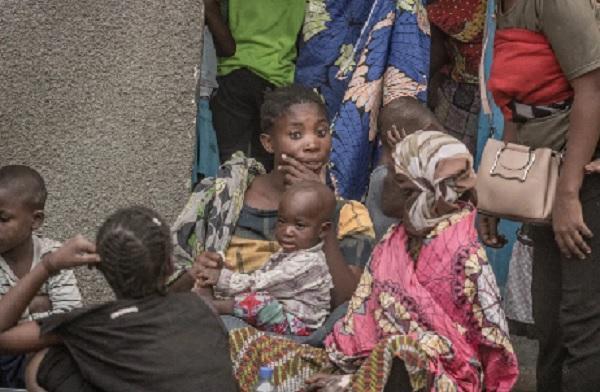
With over 100 houses damaged and 3 deaths recorded already from the volcanic eruption and tsunami that struck Tonga on Friday, 15 January, spewing forth an ash plume said to be almost 20km high, the two giant health bodies, the World Health Organisation (WHO) and the United Nations International Children’s Emergency Fund (UNICEF) have declared their readiness to render needed assistance to the Government of the Tonga and its people.
Both health agencies revealed their decisions separately to the Tongan government on Monday, highlighting areas of assistance to include bridging communication gap channels, provision of clean water, emergency health supplies for children and families affected.
Pharmanewsonline reports that since the occurrence of the natural phenomenon last week, majority of the country has been impacted by a 1-2cm layer of volcanic ash, which is affecting water and food supplies, and negatively impacting air quality. UNICEF, from previous experiences has also forecast a dearth of essential commodities in the coming days, as access to clean water supply will be an immediate priority. Communication lines have been interrupted since 15 January, making it difficult to get information on the extent of the damage.
In a statement disclosing her willingness to aid the displaced children and families in Tonga, UNICEF Pacific Representative, Jonathan Veitch said: “We are on standby to provide humanitarian support to the Government of Tonga and its people affected by the volcanic eruption and tsunami”
“UNICEF will work with the government, civil society organisations, and other development partners to ensure immediate response efforts on the ground, which includes providing clean water, and emergency health supplies for children and families affected.”
Pharmanewsonline gathered that the eruption, which was the largest Tonga – and potentially the world – has faced in 30 years, could be heard as far away as Australia and New Zealand and caused tsunami alerts to be issued across the Pacific.
A volcanic eruption occurs when lava and gas are released from a volcano – sometimes explosively.
According to a Professor at Rutgers University, Alan Robock, huge volcanic eruptions can sometimes cause temporary global cooling as sulfur dioxide is pumped into the stratosphere. But in the case of the Tonga eruption, initial satellite measurements indicated the amount of sulfur dioxide released would only have a tiny effect of perhaps 0.01 Celsius (0.02 Fahrenheit) global average cooling
The apex health agency, on her part has deployed her team to the scene of the eruption working in collaboration with United Nations’ team. Speaking on her responses so far, WHO’s Country Liaison Officer for Tonga, Dr Yutaro Setoya, explained how he has been playing a critical role in channeling communication between UN agencies and the Tongan government, and between the UN and their staff in Tonga. With international phone lines and internet connectivity still down, Dr Setoya’s satellite phone is one of the few ways to get information into and out of the country.
“Yuta has literally been standing outside from dawn until long into the night for the past few days to ensure that the phone can reach the satellite signal and he can pass along vital information,” said WHO’s Health Cluster Coordinator for the Pacific, Sean Casey.
He continued: “All of us here at WHO, and in the broader UN family, are thinking of Tonga right now and doing what we can to support the government’s response efforts.”
Initial reports from inside Tonga, channeled via Dr Setoya, have it that buildings and infrastructure have been damaged – around 100 houses have been damaged and 50 completely destroyed just on the main island of Tongatapu. Two deaths have been reported to date. Many remain displaced, with 89 people taking shelter in evacuation centres on the island of ‘Eua and many more seeking shelters with relatives.










